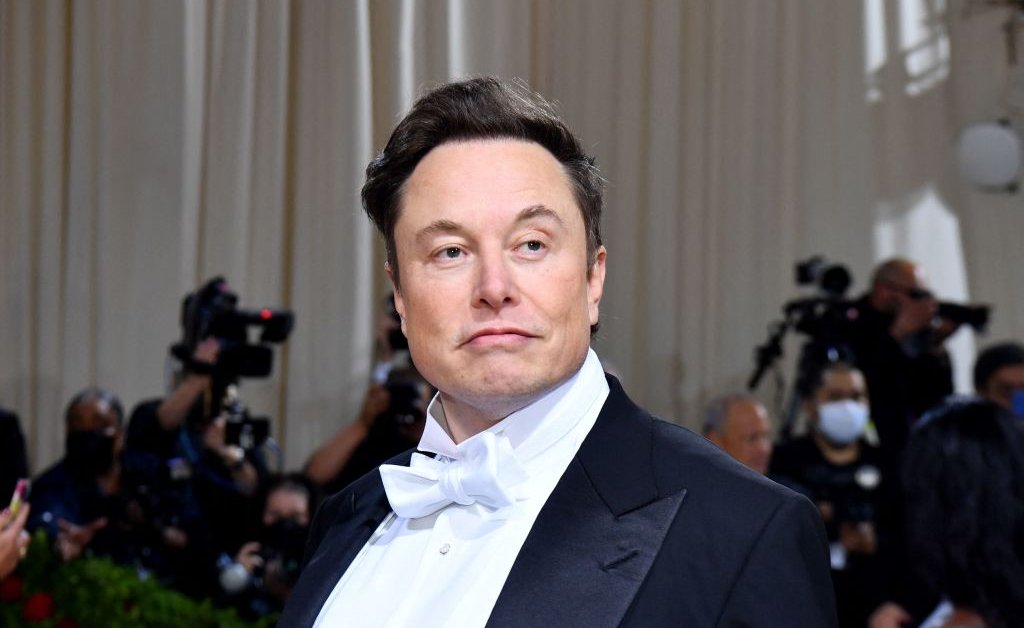Since Twitter users can curate their own advertising experience, Musk says an internal investigation shows that MMFA used Twitter/X accounts opened slightly more than 30 days ago to "evade content filtering" and then followed only extremist accounts and the platform's largest advertisers, therefore "precision design[ing]" unique pairings of the two in their feed. But, the lawsuit claims, that was still not enough to create the unique and extremist content they wanted to use in their hit pieces. Musk says that to achieve the most damning-looking content, Media Matters had to resort "to endless scrolling and refreshing its unrepresentative, hand-selected feed, generated between 13 and 15 times more advertisements per hour than the typical X user." The lawsuit says this "inauthentic activity" was kept up until MMFA got the desired result: "controversial content next to X's largest advertisers' paid posts."
In its posts damning Musk and Twitter/X, the lawsuit says MMFA claims to have "found" this content, failing to note they'd manipulated the algorithm to achieve it. But as the lawsuit alleges, they didn't "find" it; they "created" it. MMFA then hid from readers and advertisers how the results were manipulated.
